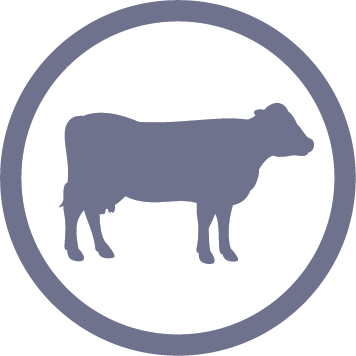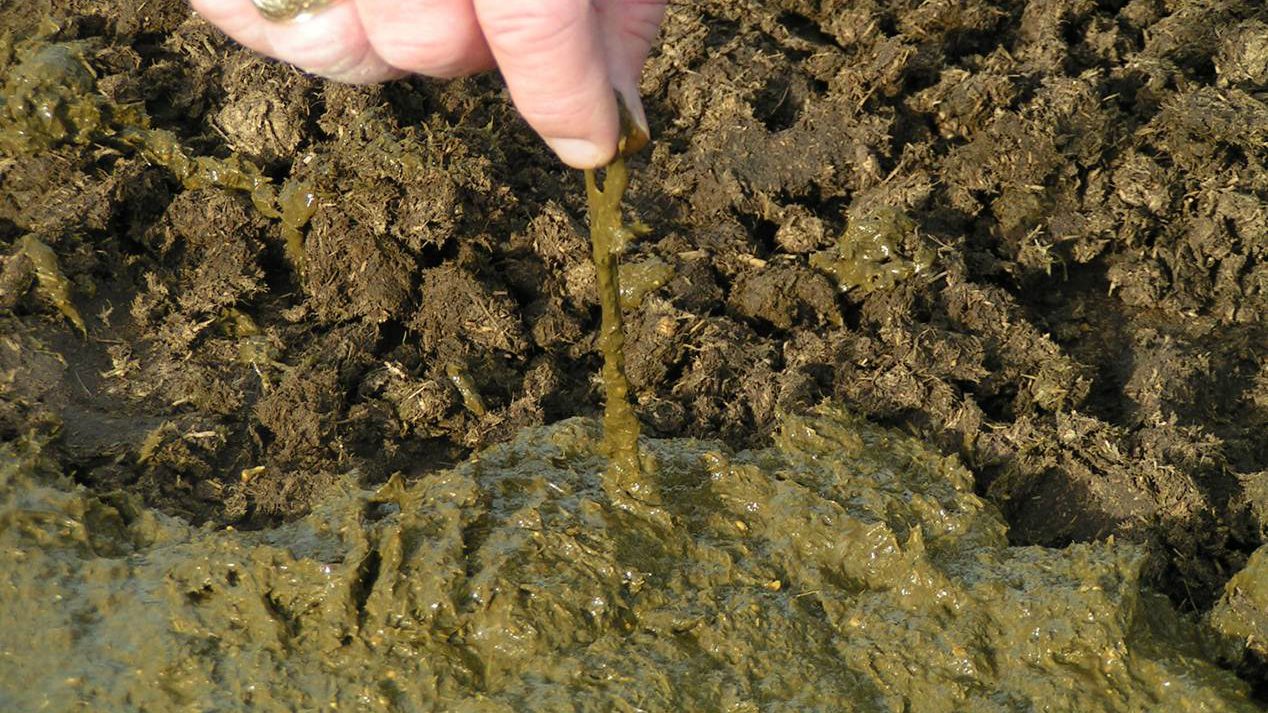Menu

Ruminants
Mycotoxins pose a significant risk to livestock productivity and health.
Answer the following questions to find out the risk mycotoxins pose to your dairy business.

How would you describe your forage quality?
Poor quality forage is more likely to be contaminated with mycotoxins.

How would you describe your milk volume and quality?
Mycotoxins affect appetite and reproductive performance.

How would you describe your herd’s conception rate?
Zearalenone is a common mycotoxin that can have significant consequences for fertility.

How would you describe your abortion and still-born rate?
High levels of zearalenone during pregnancy can cause abortions or still births.

What is the condition of the herds’ faeces?
Loose or blood-stained faeces are an indicator of gut irritation.

What is your herds’ mastitis rate?
Mycotoxins weaken the immune system, leading to increased mastitis rates.

What is your typical somatic cell count?
Mycotoxins weaken the immune system, leading to higher somatic cell counts.

Do you feed maize silage in the ration?
Maize is frequently contaminated with Fusarium mycotoxins.

Do you feed distillers’ by-products?
Distiller’s by‑products are often contaminated with higher levels of mycotoxins.

Do you feed straw in the ration?
Straw is an often overlooked source of mycotoxins.

Do you notice heating in the silage clamp?
Heating within the silage clamp indicates there is excess oxygen and microbial activity, which could lead to mould proliferation.

Is there visible mould growth within the forage during mixing and feeding?
Mycotoxins are produced by moulds. If mould is present in the forage, the risk of mycotoxins is increased.

What is the dry matter content of your silage?
Dry forage is more difficult to compact, allowing more oxygen to remain in the clamp. This allows undesirable microbial activity to continue for longer.

